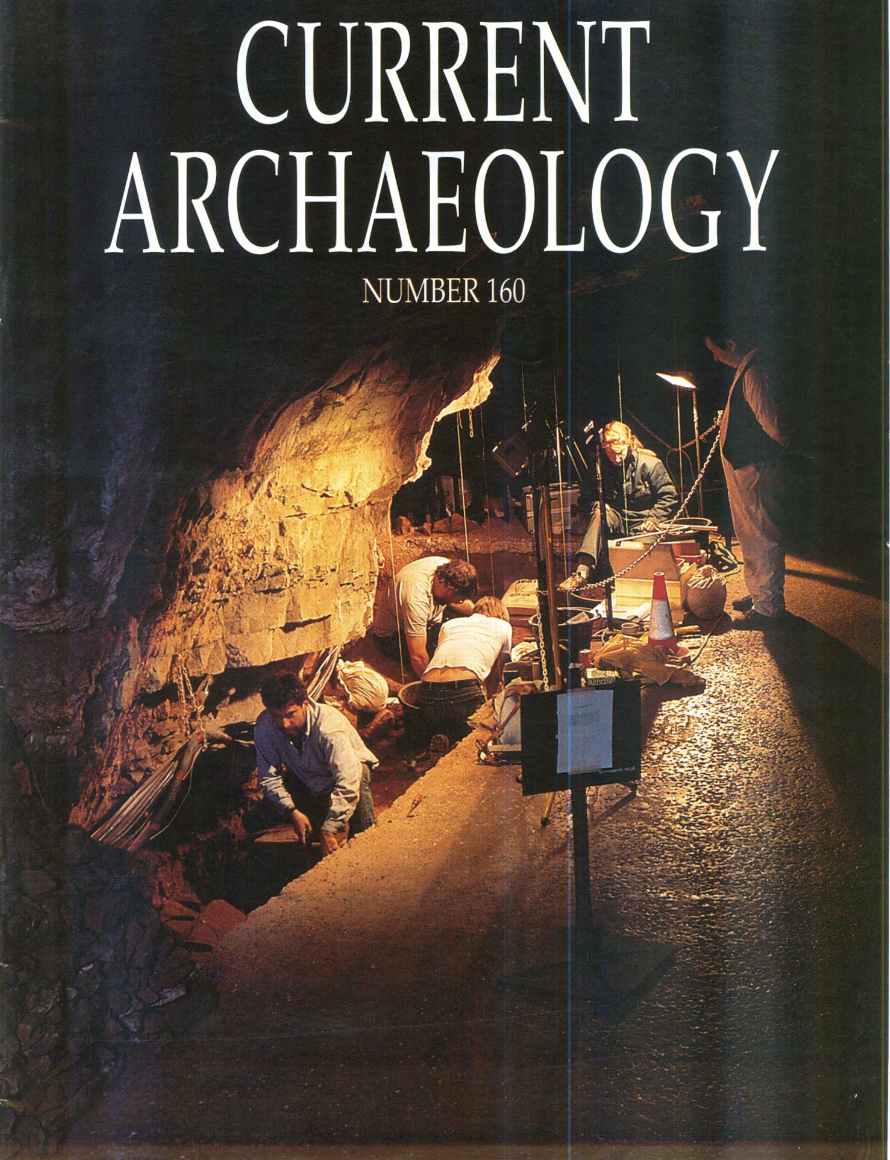What is a minster? One of the hottest topics of debate in the Anglo-Saxon world is whether minster churches or royal palaces played the larger role in the origins of towns. One of the major protagonists in this debate is John Blair of the Queen’s College, Oxford, who has been digging for a number of years at Bampton in Oxfordshire. Here he provides a magisterial introduction to the minster debate and describes his work at Bampton.
From the Anglo-Saxons back to the palaeolithic. Recent advances in radiocarbon dating mean that our knowledge of the Upper Palaeolithic from 20,000 to 10,000 years ago, has been transformed. Bones can now be dated but were these bones cut up by man or gnawed by animals? Ruth Charles, the Sir James Knott Scholar at Newcastle University provides a fascinating introduction to what might be called the new palaeolithic with a look at the recent work at Creswell, Cheddar and Paviland, and also on the Continent.
Coming down to the Neolithic, Julian Thomas has been finding all sorts of strange rituals in south-west Scotland. He has already described his work at the Picts Knowe henge monument in CA 141, but when the radiocarbon dates came back they were mostly Roman. How does he get out of this one? He then went on to dig two cursuses at Holywood just north of Dumfries, and recently a very odd site indeed at Holm. Just how permanent were these Neolithic monuments meant to be?
Finally, Francis Pryor of Flag Fen fame describes the recent work at Welland Bank Quarry. His article is subtitled ‘The tale of a sausage sandwich’ – find out how it all really began. The dig appears to reveal a Bronze Age Village – but where did all the rubbish come from?
In addition, the Diary asks Who are the readers of Current Archaeology? The Books Pages suggest some presents for Christmas; the Science Diary wonders whether boats were being built 100~000years ago; while your letters deal with False Teeth, Roman Donkeys and Deformed Relatives.

